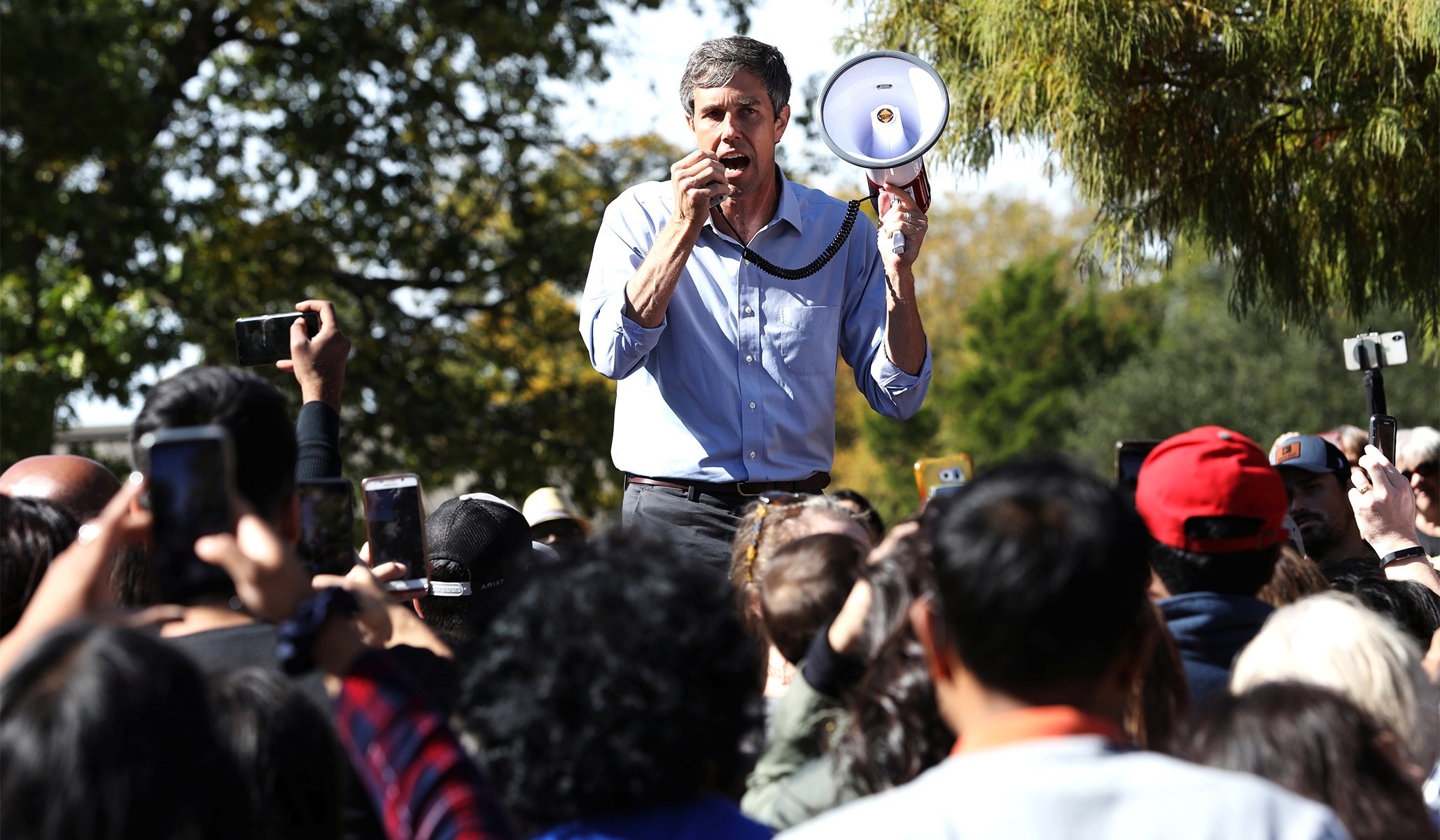By: J. J. McCullough – nationalreview.com – November 6, 2018
Tuesday’s elections will herald a great many milestones for the country and Congress, including a record number of minority and female candidates. Far less interesting is the fact that they will also be the most expensive midterms in U.S. history, with a total price tag surpassing $5 billion, according to the watchdog group OpenSecrets.
That we are spending more money with each passing election cycle does not in itself reveal much beyond the obvious: Americans are wealthy and increasingly eager to give to politicians. It certainly doesn’t prove what it’s often implied to — namely, that American democracy is being warped by the pernicious influence of “monied interests.”
One of the worst things about right-wing populism is the incorporation of hackneyed left-wing talking points into a conservative narrative on the pretext of finding anti-establishment common ground. Conservatives were at one time leading skeptics of the money-in-politics moral panic, yet paranoia over Trump-age demons such as Silicon Valley and George Soros now mirrors leftist scaremongering about Big Oil and the Koch brothers. To his supporters, a considerable part of Trump’s superhuman mystique comes from beating the moneyed interests aligned against him, including the Clinton campaign, which outspent him nearly two-to-one.
Yet what Trump did — and what Republicans could do on Tuesday, given they’re currently being outspent by Democrats — is not nearly as remarkable as it’s made out to be.
Those who complain of “bought elections” as America’s norm compare the stereotype of a big-budget candidate crushing an underfunded rival to some idealized alternative in which both sides possess evenly matched resources. While correlation between campaign budgets and election victories is certainly no myth — OpenSecrets estimates that in close to 90 percent of the 2016 House races the candidate who spent more won — it’s wrong to fetishize this one variable at the expense of all others.
The Platonic ideal of a perfectly fair fight may be a nice one, but few of life’s contests are fought on a level playing field. In the case of Congress, two handicaps reign: firmly partisan districts and the strength of most incumbents. The presence of money in any given race tends to revolve around these realities, rather than superseding them.
According to OpenSecrets, the vast majority of 2016 House races were won by incumbents, and the vast majority of candidates who outspent their opponents by the largest margins were incumbents who ran either unopposed or against a “paper candidate” who did not campaign and had a negligible budget. Spending over a million dollars in a race against no one — as 13 candidates did in 2016 — may be an appalling act of vanity, but it reveals little about money’s political power.
A similar phenomenon was incumbents running for safe seats with budgets that were truly decadent in their pointlessness. Was four-term Democratic representative Niki Tsongas of Massachusetts really in such danger of losing a district Hillary Clinton won by 23 points that she needed to spend $1.1 million beating her Republican rival? Was it really necessary for Republican representative Diane Black of Tennessee to spend $2.7 million securing a third term in a district Donald Trump carried with 72 percent of the vote?
Cases such as these highlight the fact that campaign spending is often broadly disconnected from political logic, with the practice of donating money to a politician more “akin to making a charitable contribution,” as the New York Times’s Binyamin Appelbaum put it in a 2014 summary of the academic research on political donations. Individuals, corporations, and even PACs routinely shell out great sums of money to candidates without much strategy or expectation, just a firm belief that candidate so-and-so is a good person who should win, regardless of whether they need the help or have any intention of repaying the kindness. A confusion of causality results, in which the size of a candidate’s war chest is presumed to determine his popularity, when the reality may be the opposite.
In general, only open-seat races in purple districts are genuinely competitive, with more evenly matched campaign spending that is less predictive of success. A dozen open-seat contests in 2016 saw a candidate win despite spending less money than his or her opponent. All were generally close and competitive races. It’s a small group, to be sure, but considering that the Times categorized only 18 districts as “tossups” in 2016, one has to remember that competitive races are always rare.
A more justified critique of the $6 billion midterm would identify it as a symptom of the increasingly extravagant nature of American democracy, and wonder about the degree to which elections have become a form of overproduced entertainment for candidates and voters alike. Skeptics of the panic over money in politics will often cite some random thing Americans spend more on than elections — gift certificates, say — but such analogies also reveal that politics has become an identifiable “industry” of American capitalism. It’s a showy game that provides careers and livelihoods to a vast array of people associated with building and sustaining all the razzle-dazzle, including graphic artists, videographers, web designers, social-media managers, and ad men. If we’re uncomfortable with politics’ omnipresence in our lives, we might want to scale some of this back — particularly since it doesn’t seem to affect much.
To see this article, click read more.
Source: Money in Politics: Moral Panic Overblown, Even after Most Expensive Midterms in History
 Listen Online
Listen Online Watch Online
Watch Online Find a Station in Your Area
Find a Station in Your Area







 Listen Now
Listen Now Watch Online
Watch Online
